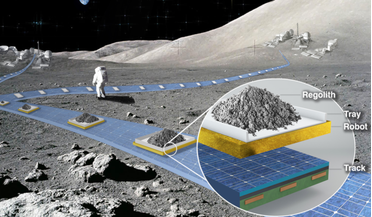 26 February 2021
Lunar levitation track system among new ideas funded by NASA
26 February 2021
Lunar levitation track system among new ideas funded by NASA
... kind at this scale and sensitivity and will open a new window (low frequency radio) into the early universe, analogous to the detection of gravitational waves by LIGO and the details of the CMB by Planck,” says Polidan in his...
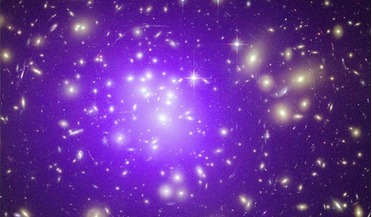 15 March 2016
Are our ideas of Dark Matter wrong?
15 March 2016
Are our ideas of Dark Matter wrong?
... as protons and neutrons like normal baryonic matter. It is thought that WIMPs were created in the very early Universe, when the universe was at very high temperature, and the number density of WIMPs was roughly equal to the number...
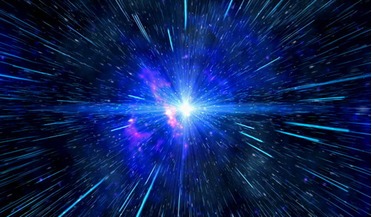 01 February 2017
Researchers find substantial observational evidence for a holographic Universe
01 February 2017
Researchers find substantial observational evidence for a holographic Universe
... leftover radiation of the Big Bang and studies of this phenomena offer a unique window into the very early Universe and Planck scale physics, I.e. Physics on the tiniest of scales (a Planck length is 1.61×10−35 metres!). How the CMB got...
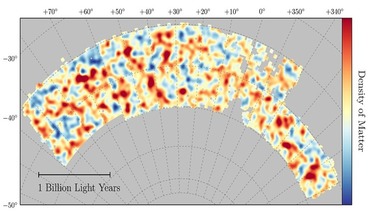 04 August 2017
Most accurate measurement of Universe's dark matter revealed by DES survey
04 August 2017
Most accurate measurement of Universe's dark matter revealed by DES survey
... first place. Luckily, data from the Planck satellite has already given scientists a snapshot of how the early Universe looked by studying the leftover radiation from the big bang; the cosmic microwave background (C. But since...
 March 2021
Messier 82’s starburst magnetic highway
March 2021
Messier 82’s starburst magnetic highway
... field strength and structure in galaxies Since the starburst phenomenon was most likely more common in the early universe when close encounters among galaxies occurred frequently, detailed study of Messier 82 – as the nearest starburst galaxy - can...
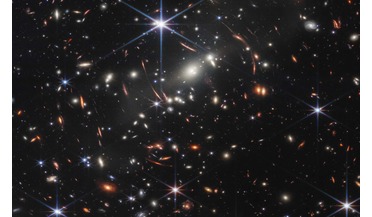 12 July 2022
Star billing for first Webb picture
12 July 2022
Star billing for first Webb picture
... drive to push boundaries and explore have we arrived at this historical moment of seeing the deepest view of the early Universe to date.” Known as Webb’s First Deep Field, this image of galaxy cluster SMACS 0723 is overflowing with detail...